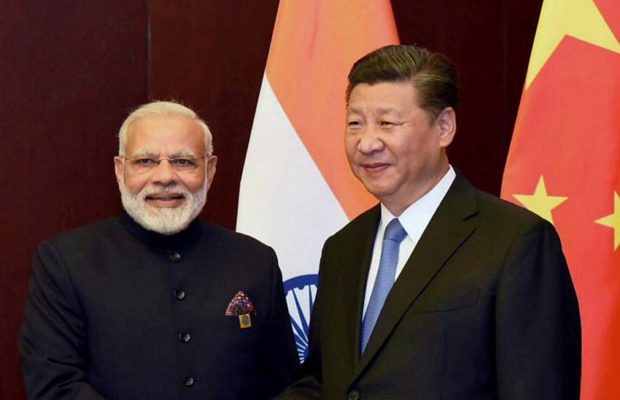
After years of border tensions, India and China appear to be gradually moving toward improving relations, though significant challenges and mutual suspicions remain.
Late last month, two senior Indian officials visited China, signaling a possible easing of tensions. In June, National Security Adviser Ajit Doval and Defence Minister Rajnath Singh traveled separately to China for Shanghai Cooperation Organisation (SCO) meetings—a significant step given Singh’s visit was the first by a senior Indian official to China in five years.
Central to the tensions is a poorly defined 3,440-kilometer border marked by rivers, lakes, and mountains that cause frequent territorial shifts. This has led to numerous military face-offs, including a deadly clash in June 2020 in the Galwan Valley, where at least 20 Indian and four Chinese soldiers were killed—the first such fatalities since 1975.
Steps Toward Cooperation and Ongoing Issues
Geopolitical realities have pushed the two sides toward agreements on key friction points in Ladakh late last year. In January, direct flights were restored and visa restrictions eased, while Indian pilgrims were allowed back into sacred sites in Tibet for the first time in six years. Yet, many hurdles remain.
China is India’s second-largest trading partner, with bilateral trade exceeding $127 billion last year. India depends heavily on Chinese imports, especially rare earth minerals crucial for its industries. Peace along the border is vital to sustain and grow these economic ties.
At the same time, China suspects Western countries are encouraging India to counterbalance its global rise. Beijing seeks not only resolution of border issues but also greater access for Chinese exports and investments in India, and the lifting of visa restrictions on Chinese workers. India, meanwhile, has imposed app bans and investment curbs since the 2020 clashes citing security concerns.
Shifting Geopolitical Dynamics
Under President Trump’s second term, India found U.S. strategic support less forthcoming than expected. Border tensions with Pakistan in May revealed China’s growing military support for Islamabad, which deeply concerned Delhi. Trump claimed to have mediated a ceasefire, a move India publicly rejected.
At the same time, trade talks between the U.S. and India are ongoing, with Trump threatening reciprocal tariffs if no agreement is reached by August 1. The Quad alliance including the U.S., Japan, Australia, and India has seen diminished activity, while China’s influence within groups like SCO and BRICS continues to grow.
Russia’s closer ties with China, driven by sanctions over the Ukraine conflict, have made India wary of Moscow’s position in any future India-China tensions.
Economic Pressures and Territorial Claims
China has used trade restrictions as leverage, limiting exports of rare earth magnets and fertilizers critical to India’s manufacturing and agriculture. Indian industry warns of severe production impacts if restrictions persist, prompting ongoing talks with Beijing.
Meanwhile, China asserts claims over Arunachal Pradesh, which India insists is integral territory with functioning democratic institutions. Experts suggest that without a fundamental shift on sovereignty, border disputes will continue indefinitely.
Both sides acknowledge the territorial dispute won’t be resolved soon but seem willing to maintain a working relationship that avoids escalation. Rather than aligning firmly with global power blocs, India and China appear focused on managing tensions pragmatically to foster economic and strategic stability.
Author’s Opinion
The slow easing of India-China tensions reflects a practical approach by both nations, balancing national interests with regional realities. While trust remains limited, this pragmatic stance prioritizes stability and cooperation over confrontation. Managing a complex, longstanding border dispute requires patience and realistic diplomacy rather than sweeping resolutions.
Featured image credit: BMN Network via Flickr
For more stories like it, click the +Follow button at the top of this page to follow us.
